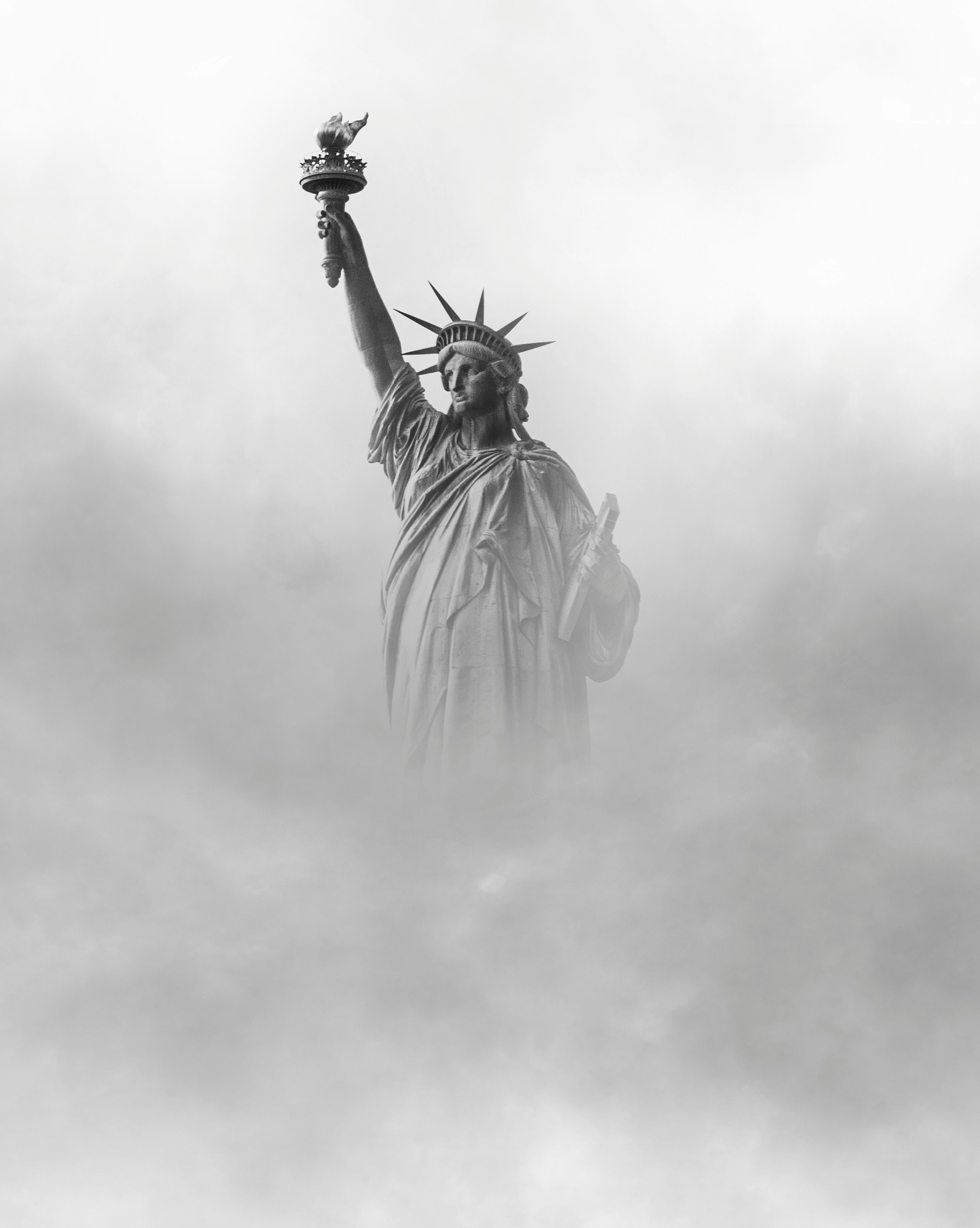
It is often said that the United States is a country of immigrants, and this is no less true of Canada. However, despite our idealization of the Statue of Liberty welcoming the immigrant, xenophobia – fear/hatred of foreigners – has also been present from the very beginning.
Give me your tired, your poor, Your huddled masses yearning to breathe free, The wretched refuse of your teeming shore. Send these, the homeless, tempest-tost to me, I lift my lamp beside the golden door!"
- The Statue of Liberty
From the very beginning, groups from different countries of origin collected in various locations and huddled in their own communities as best they could. As early as 1751, Benjamin Franklin expressed concern that German immigrants to Pennsylvania were not assimilating into the dominant English-speaking culture. He was concerned about cultural fragmentation.
Because of economic distress in Europe, the 1800s saw an unprecedented wave of immigration to the Americas. Irish and German immigrants arrived to the United States in droves, followed later by Italians, Poles, Russians, and others from Eastern and Southern Europe. On the West Coast, Chinese immigrants also arose in large numbers.
Although most of these nationalities are now well-accepted and considered American, it was not so at first. Although Wesleyans think of their anti-drinking stance in the 1800s as a virtue, there was a hint of xenophobia in it, as heavy drinking was associated with Irish and Italian Roman Catholics. You might remember Polack jokes, an artifact of xenophobia during Polish immigration. Irish and Italian immigrants were not even classified as “white” at first.
The political response of many to this new wave of immigration was not welcoming but a surge in nativism. This is an ideology that views immigration as a threat and insists that the interests of the majority, native-born culture take precedence over others who are transplanted in (whether by lawful immigration processes or not). Nativism does not mean favoring native Americans or indigenous individuals. It means favoring a certain layer of past immigrants, namely, the layer that included you. (This is sometimes called the “drawbridge principle.” You empathize with outsiders when you are one, but once you become an insider, you want to raise the drawbridge so that others cannot cross after you.)
The 1850s saw the rise of the Know-Nothing Party, which advocated for strict immigration controls and stirred up anti-immigrant sentiment. The Chinese Exclusion Act of 1882, the first federal law to limit immigration based on nationality, marked a significant victory for nativists and was a clear manifestation of xenophobia at the policy level.
The early 1900s continued to see high levels of immigration. This led to backlash and the National Origins Formula in the 1920s. This set of laws, including the Immigration Act of 1924, imposed strict quotas based on national origin. It favored immigrants from Western and Northern Europe while severely limiting those from other regions. This era solidified the racial and ethnic values that xenophobia had already woven into the fabric of American immigration policy. In other words, it codified in numbers the existing prejudices of Americans.
World War II and the Holocaust brought a critical perspective on the consequences of restrictive immigration policies. The world saw in Hitler and other European fascists what an extreme form of xenophobia looked like, namely, the attempted extermination of Jews in Europe. For a brief time, doors to the “other” were opened. However, the Cold War era introduced new fears of subversion. This led to suspicion and discrimination against immigrants, particularly those from communist countries like Russia and Eastern Europe.

The Immigration and Nationality Act of 1965 marked a significant shift. It eliminated quotas based on national origin and laid the groundwork for the diverse immigration patterns seen today. However, this did not end xenophobia. You can be sure that our fallenness will quickly lead us to find excuses to “other” and marginalize those who are not like us.
The Americas are a melting pot of nations, a beautiful tapestry woven of people of all different nations, tribes, peoples, and languages (Rev. 7:9). It is something to be proud of. However, they did not end up this way because everyone liked it. To a very large extent, neither churches nor the people at large were happy about it at the time. They just couldn’t stop it from happening.
It presents a challenge to us today to be better than our ancestors. It is a challenge to the church to follow the biblical principle of loving the foreigner better than many in the church before us did. It is easy to celebrate the victories of the past while having attitudes that represent those who opposed them at the time.
Here are some links where you can explore the history of immigration in the U.S. a little more deeply:
- General Chapman’s Last Stand (Malcolm Gladwell Revisionist History)
- Understanding the Chinese Exclusion Act – By Accident of Birth (Throughline)
- Immigration Has Been a Defining, Often Contentious, Element Throughout U.S. History
Here is a look at the immigration debate in the U.S. in the last 15 years: